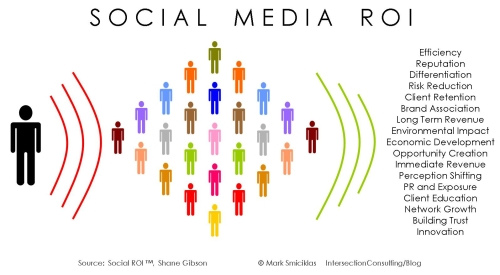The idealist in me hopes that social activism will become a journalist’s first priority. Giving voice to the voiceless, using the truth to inspire community activism and social change – these ideals should all contribute to the motivation behind the journalist’s need to inform the public.
Since the advent of new media it has become easier for NGO’s and do-gooders to exercise some positive influence in the world. Social media provides the perfect platform for social advocacy – reaching thousands, even millions at the click of a button.
Digital Life Sacrifice
One example of a do-good campaign is singer/songwriter Alicia Keys’ Digital Life Sacrifice. As of Wednesday, 1 December Keys and some other famous faces will sign off of popular social media platforms, like Facebook and Twitter, until US$ 1 million is raised on behalf of Keys’ AIDS charity, Keep a Child Alive. Online fans will therefore have to provide money for their favourite celebrity to be “resurrected” online. Essentially, people are buying their idols’ “lives” back. The campaign kicks off on World Aids Day, in the hopes of educating people about the effects of the disease.
10/10/10: The Global Work Party
350.org is another example of a social good organisation that is bypassing traditional communication structures in favour of social networking. The Global Work Party, a campaign to encourage people at grassroots level to take action to minimise climate change, is said to have been the largest organised global action campaign ever. The 350.org team and their organising partners coordinated all the campaign’s activities via social networks.
On 10 October 2010 they managed to organise 7347 events in 188 countries, with just four countries unaccounted for: North Korea, Andorra, Equatorial Guinea, and San Marino. People all over the world were Tweeting, Skyping, sharing photos and streaming videos of their environmental event online, all at the same time and for the same cause.
It may be that now the easiest way to initiate a positive response out of the community at large is to meet them via the Net. If this kind of activism is possible for non-profit organisations, then it’s entirely possible for journalists who already have an online platform.
Journalists should know how to get people to listen
Today’s consumers use the tools that are easily available to them. Social media tops the list for many people when it comes to fast, informative and entertaining news. A plus for journalists is that the popularity of social networks allows us to interact with millions of people all over the world.
In June 2010 the Society of Professional Journalists (SPJ) in the US provided a list of the top 20 journalists to follow. What made these 20 journalists stand out was their use of social media in their reporting. The SPJ published a list on Twitter so that readers can follow these journalists. These journalists sniff out stories on Twitter and Facebook, generate sources and case studies using social media, crowdsource and use social media to disseminate their stories.
One to look out for is Facebook co-founder Chris Hughes’ Jumo launched this week – a social network purely for social good. Read the full story here. Various other sectors have utilised the “global village” phenomenon to their advantage, including the finance and business sectors and environmental conservation.
So if social change is on your to-do list as a journalist, shouldn’t you be at the forefront of this bandwagon?
About the Author

Samantha also works part-time as an assistant lecturer for the University of Pretoria’s Department of Journalism.
Photo credit: flickr.com_Intersection Consulting













